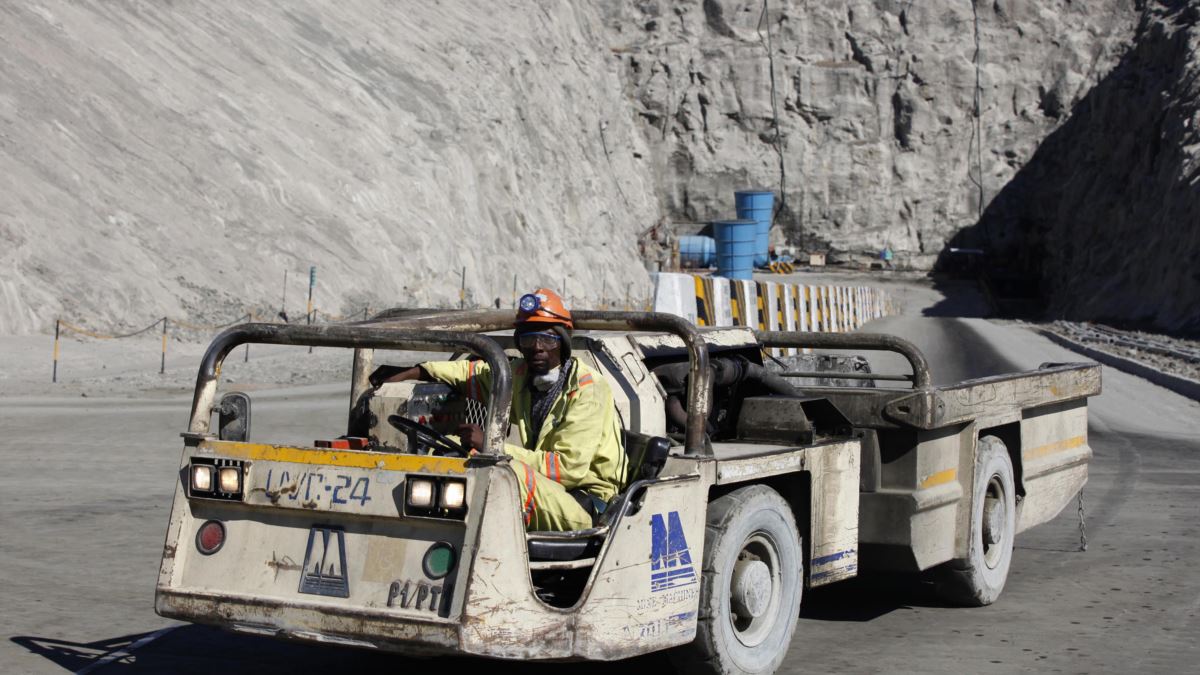Platinum output in 6pc jump
Zimbabwe’s platinum production registered a modest 6 percent growth to 475 000 ounces in 2021 although overall output is seen marginally lower this year.
The World Platinum Investment Council (WPIC) said output rose in Zimbabwe, from 448 000 oz in 2020, as the backlog of semi-finished inventory was processed through South African smelters and refineries.
WPIC also said in its quarterly global production report for 2021 that Zimbabwe’s platinum output rose 9 percent to 121 000 ounces in the fourth quarter of 2021.
The mineral-rich southern African nation, home to the world’s second biggest known deposits of platinum after South Africa, has three producing platinum-producing mines namely Zimplats, Mimosa and Unki.
Several other platinum projects, including by Cypriot firm Karo Resources and Great Dyke Investments, a partnership between Russian consortium and local investors, are at various stages of development.
“Zimbabwe production increased 6 percent (+6 koz) to 121 koz as additional volumes from the concentrator debottlenecking project at Unki offset a modest decline from Zimplats, where lower grades and decreased concentrator recoveries limited output,” stated WPIC.
However, the global platinum industry body projected that Zimbabwe’s platinum production would decline by about 2 percent to 465 000 ounces in 2022.
“Zimbabwean production capacity is forecast to increase through the concentrator debottlenecking project at (Anglo-American’s) Unki and mine development at Zimplats. “However, the normalisation of semi-finished material going through South African smelters and refineries is expected to result in a slight decline in Zimbabwean refined production to 465 koz,” WPIC said.
Platinum is used alongside palladium and rhodium to neutralise exhaust emissions in cars, as well as in industries such as glassmaking, jewellery and as an investment.
“We’ve got the largest surplus we’ve ever recorded yet the market remains pretty tight,” Trevor Raymond, the WPIC’s head of research, said.
Raymond said a huge rise in palladium prices triggered by the conflict in Ukraine could make automakers switch more rapidly to cheaper platinum to save money, boosting demand.
Russia accounts for 25-30 percent of the world’s palladium supply and 7-10 percent of platinum.
Uncertainty over Russian exports has pushed palladium prices to record highs above US$3 000 an ounce. Platinum prices have risen less dramatically to around US$1 170 an ounce.
The WPIC said the roughly 8 million ounce a year market was oversupplied by 1,23 million ounces in 2021 and predicted a surplus of 652,000 ounces in 2022. It said supply of platinum rose by 21 percent last year, while demand fell 9 percent. But huge imports of platinum into China, much of it by speculators taking advantage of relatively low prices, consumed the market surplus in 2021, the WPIC said.
The southern African nation is envisioning a US$12 billion mining industry by 2023.
Of the US$12 billion, gold, platinum diamonds will contribute US$4 billion, US$3 billion and US$1 billion respectively.
Chrome, iron ore and carbon steel will contribute US$$1 billion while coal and hydrocarbons will contribute the same. Lithium at US$500 000 while other minerals will constitute US$1,5 billion.-The Herald











